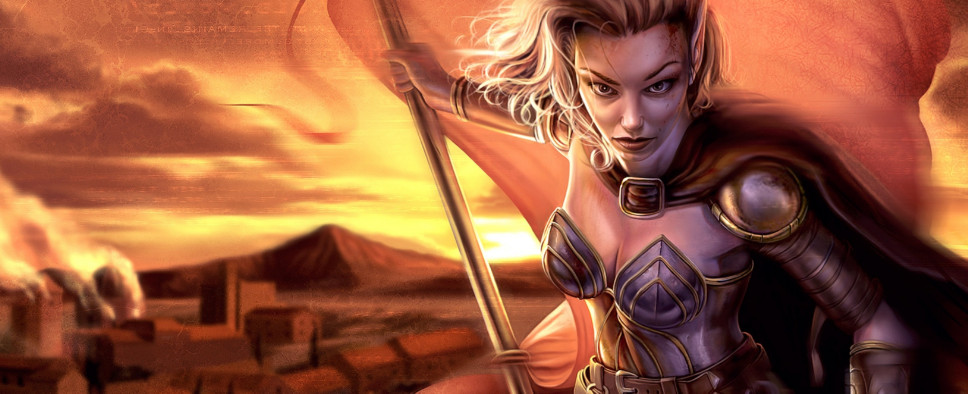Neverwinter Nights: Enhanced Edition Interview
-
Category: News ArchiveHits: 3016

The Enhanced Edition of Neverwinter Nights has only just been announced, but already, PCGamesN has an interview up with Beamdog's Trent Oster where he, among other things, talks about the making of the original game and how its focus on multiplayer and custom modules was a gamble that ultimately ensured the game's longevity but negatively affected its single-player campaign. An excerpt:
“We’re trying to tread really cautiously in terms of the features we move forward with,” Oster tells us. “Our mandate is, ‘Don’t break anything that exists. Only add, don’t subtract, or revise’.”
This eggshells approach is down to the fact that Neverwinter Nights is not just memorable for what it was, but for what it enabled. It essentially functioned as BioWare’s make-your-own-RPG platform, being one of the progenitors of the user-generated content explosion that games like Minecraft later made commonplace.
The Neverwinter Nights of today sits upon a decade-and-a-half’s worth of player-made modules, which Beamdog must be careful not to disturb or, worse, make incompatible. Yet, for Oster, there is still so much more to do. The series was out of his hands even before he left BioWare.
“When we went back to Atari and said, ‘Hey, Neverwinter Nights 2?’, they just couldn’t come up with the budget that would allow us to do the game that we wanted to do,” he remembers.
Neverwinter Nights 2 was passed over to Obsidian instead, who infused the formula with the literariness and multi-character setup of Baldur’s Gate. “Whereas to me,” Oster says, “Baldur’s Gate was the discrete, party-based adventure, and Neverwinter was about running your D&D character.”
Whereas big-budget RPGs have become narrower and more focused around defined protagonists over time, Neverwinter Nights went as wide as possible. Yes, you were an elf, but what /kind/ of elf? If you wanted to be a fighter, did that mean you were a gladiator, a pirate, or a katana master? It granted options similar to those you had on the tabletop.
“Baldur’s Gate was very rules-based. I loved the depth of the companions but I wanted something that played faster, more like you played D&D with your friends,” Oster explains.
It is easy to forget in a post-Destiny world that RPGs once rarely did co-op - and when they did, they were half-hearted about it. Yet Neverwinter Nights was geared wholly towards that goal, throwing out the solid, reassuring interfaces of the Infinity Engine for MMO-style translucency. Its UI was less a frame through which you viewed its world and more a customisable tool to suit your needs. It wanted you to play D&D with your friends - and through its toolset, any kind of D&D you fancied.
“Multiplayer gaming was just starting to take off,” Oster says of the period. “Giving people the tools that you used internally was madness, utter and complete madness. Everybody was like, ‘Aren’t you afraid you won’t be able to sell them any more games?’.”
If there was resistance within BioWare towards this approach, Oster never noticed.
“I was a man on a mission with Neverwinter, I was so on fire with the idea,” he says. “There were people who questioned whether it was a smart thing to do, and I said, ‘Of course it’s a smart thing to do. It’ll be the best thing ever’.”
The toolset and multiplayer became the focus of Neverwinter Nights’ development, which meant the story campaign suffered. Its elegant planned plot was chopped up into chapters and hubs in the last three months before release.
But, radically, BioWare allowed user creators to crack open the modules from that campaign to see how the masters worked their magic. It proved the perfect teaching tool, and those who persisted flooded the Neverwinter Nights community with original single-player stories, adaptations of classic D&D modules, and persistent online worlds.

